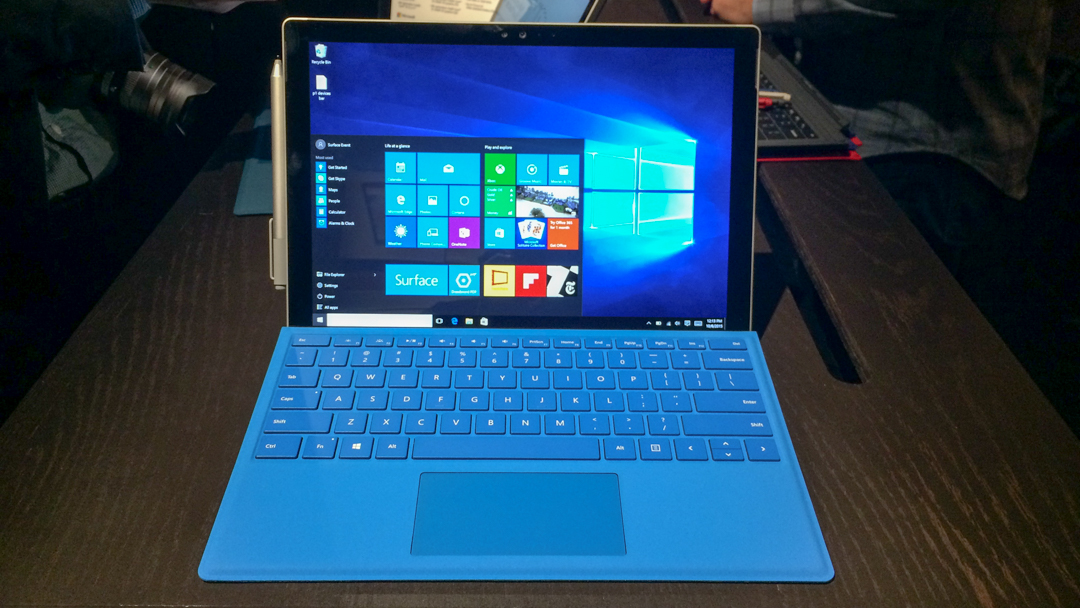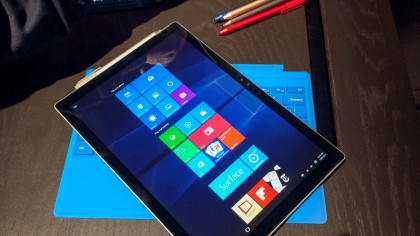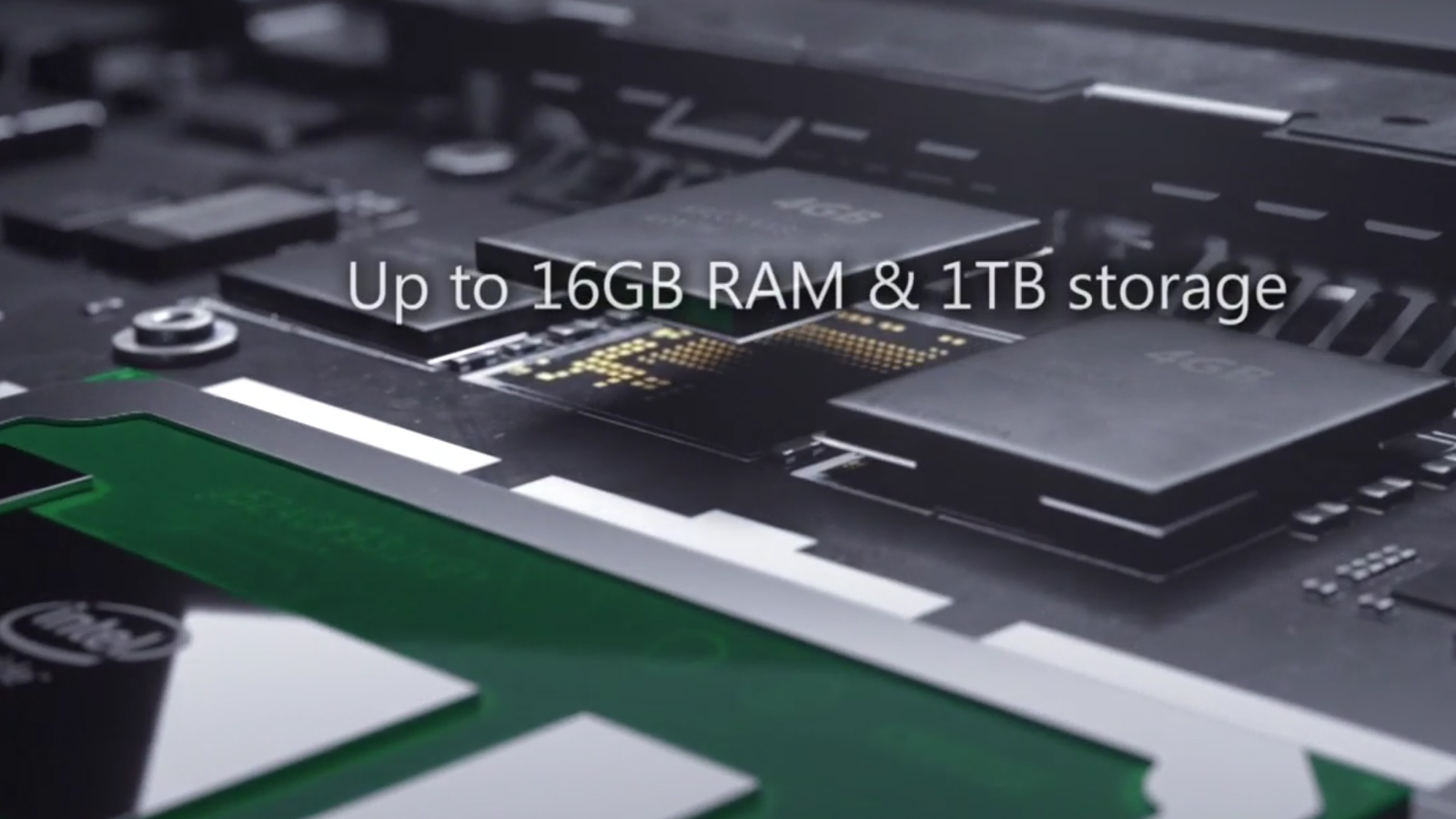
Change is good and that' s an especially true fact when it comes to Microsoft's line of Surface tablets. The Surface Pro 2 brought new processors and updated the operating system from Windows 8 to 8.1. Meanwhile, the Surface Pro 3 that followed was almost a completely new device with a larger 12-inch screen, aspect ratio and dramatically improved ergonomics.
Now with the Surface Pro 4, Microsoft has further refined its formula to make one of the best 2-in-1 devices has ever created.
Although the changes from last year's model aren't as dramatic as the shift from the Surface Pro 2 to Surface Pro 3, there's a lot to take in. Whether you're an existing Surface Pro 3 owner or have been waiting for Microsoft to finally update its aging slate, here's everything you need to know about the new Windows 10 tablet.

Design
The biggest thing you'll notice about the Surface Pro 4 is the fact that it has a 12.3-inch screen, but the tablet as a whole is no larger than the 12-inch Surface Pro 3. Rather than making the device larger and heavier, Microsoft chipped away at the bezels to make way for a bigger screen.
On top of being bigger, the Surface Pro 4's display is also sharper, sporting a resolution of 2,736 x 1,824. That's a huge step up from the Surface Pro 3, which came with a more industry standard 2160 x 1440 pixel screen.
Amazingly, Microsoft's latest slate is actually lighter than it predecessor despite having a larger and more pixel dense display. The Surface Pro 4 measures 11.50 x 7.93 x 0.33 inches while weighting 1.69 pounds or 1.73 pounds depending on what processor you configure it with.
By comparison the Surface Pro 3 tips the scales at 1.76 pounds, meanwhile, its dimensions are 11.50 x 7.93 x 0.33 inches.
Sign up to the TechRadar Pro newsletter to get all the top news, opinion, features and guidance your business needs to succeed!

Specs
The display isn't the only thing that's big and new on the Surface Pro 4. Beneath that gorgeous magnesium shell, Microsoft has also added a bunch of internal goodies users can configure.
As part of a long overdue refresh, the Surface Pro 4 can be outfitted with sixth generation Intel Core m3, i5 and i7 processors. The Surface Pro 3, meanwhile, has been running now very dated 4th generation Intel CPUs, including the Core i5-4300U and Core i7-4650U.
Microsoft's newer tablet is also far more expandable with options of upgrading the configuration to 16GB of RAM and a whooping 1TB of SSD storage. The Surface Pro 3 on the other hand could be outfitted with a maximum spec of 8GB of RAM and a 512GB SSD.
Battery life remains at a consistent 9 hours, but in our Surface Pro 3 review we found actual run time to average around four to five hours. So we'll have to fully test the Surface Pro 4 to see if it can measure up to Microsoft's promises as well as outrun its forebear.

Pens and keyboards
Though the two slates are nearly identical since they share the same magnesium body, Microsoft has complete re-engineered its Surface branded accessories.
For starters, the new Type Cover features island style keys, whereas the Surface Pro 3 and every Surface tablet before it had a keyboard with conjoined keys. The new trackpad is also made of glass and supports more multi-fingered gestures in Windows 10. Lastly, the new type cover comes with an integrated fingerprint reader that allows for quick logins through Windows Hello.
Even the Surface Pen has received a ton of attention. The newly minted stylus comes in a whole set of new colors with removable tips for painting or calligraphy just to name a few. The new Surface pen also magnetically attaches to Surface tablets for the first time and interacts with the Surface Pro 4's touchscreen with 1,024 points of pressure sensitivity.
One bit of good news for Surface Pro 3 users is all the new accessories are compatible with their older device including the new Type Cover.
- Microsoft announced its first laptop with the Surface Book
Kevin Lee was a former computing reporter at TechRadar. Kevin is now the SEO Updates Editor at IGN based in New York. He handles all of the best of tech buying guides while also dipping his hand in the entertainment and games evergreen content. Kevin has over eight years of experience in the tech and games publications with previous bylines at Polygon, PC World, and more. Outside of work, Kevin is major movie buff of cult and bad films. He also regularly plays flight & space sim and racing games. IRL he's a fan of archery, axe throwing, and board games.
